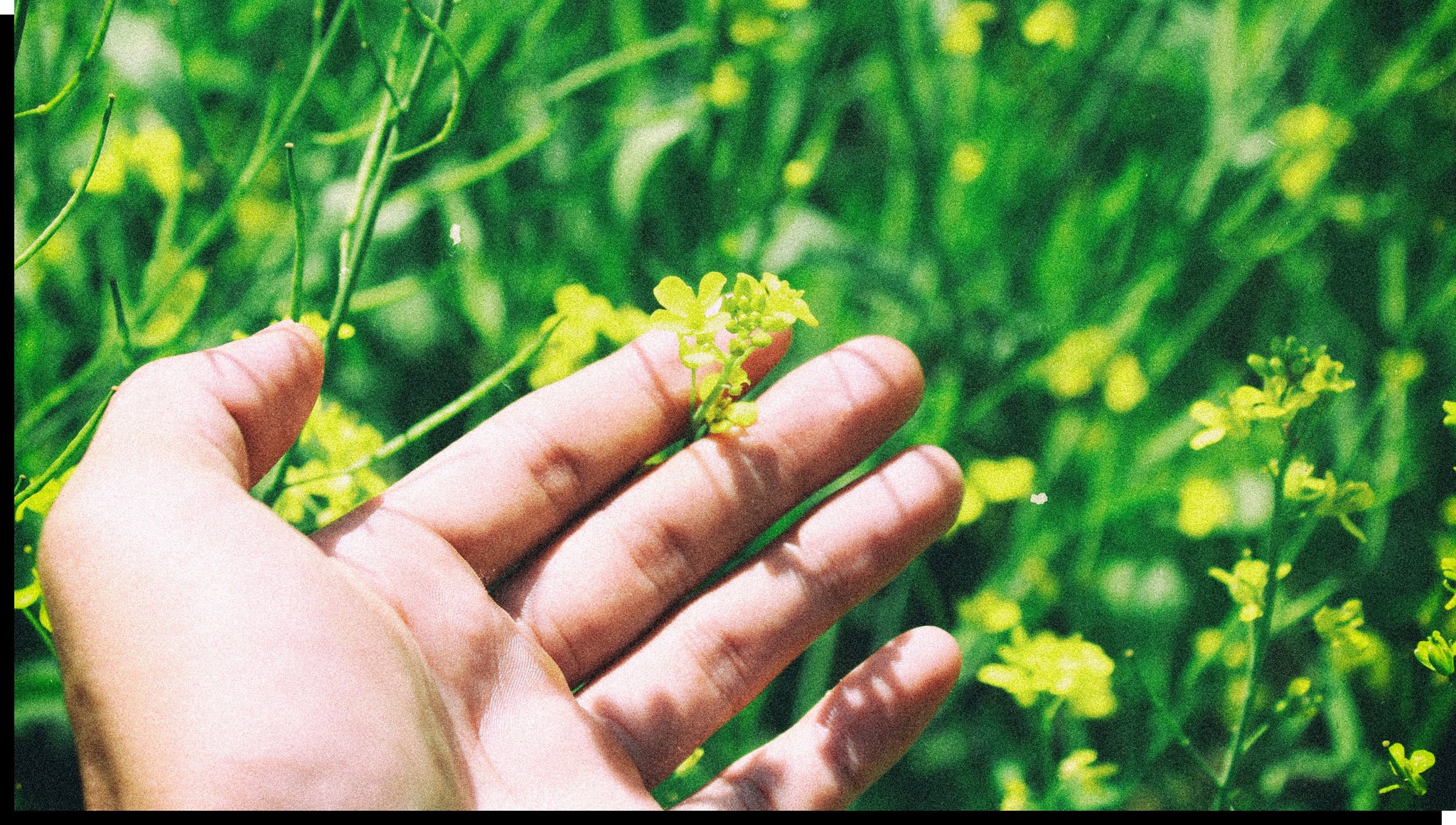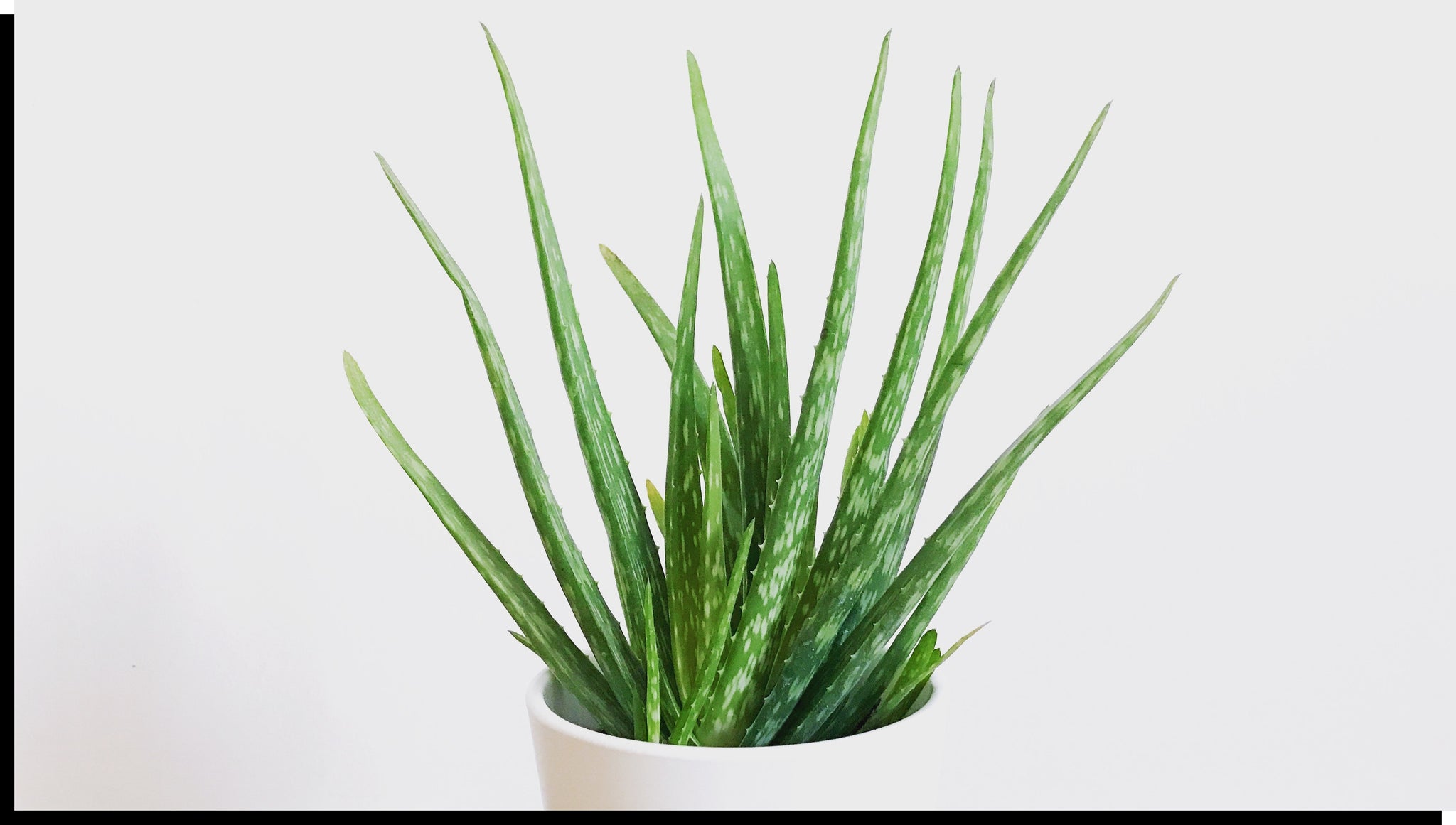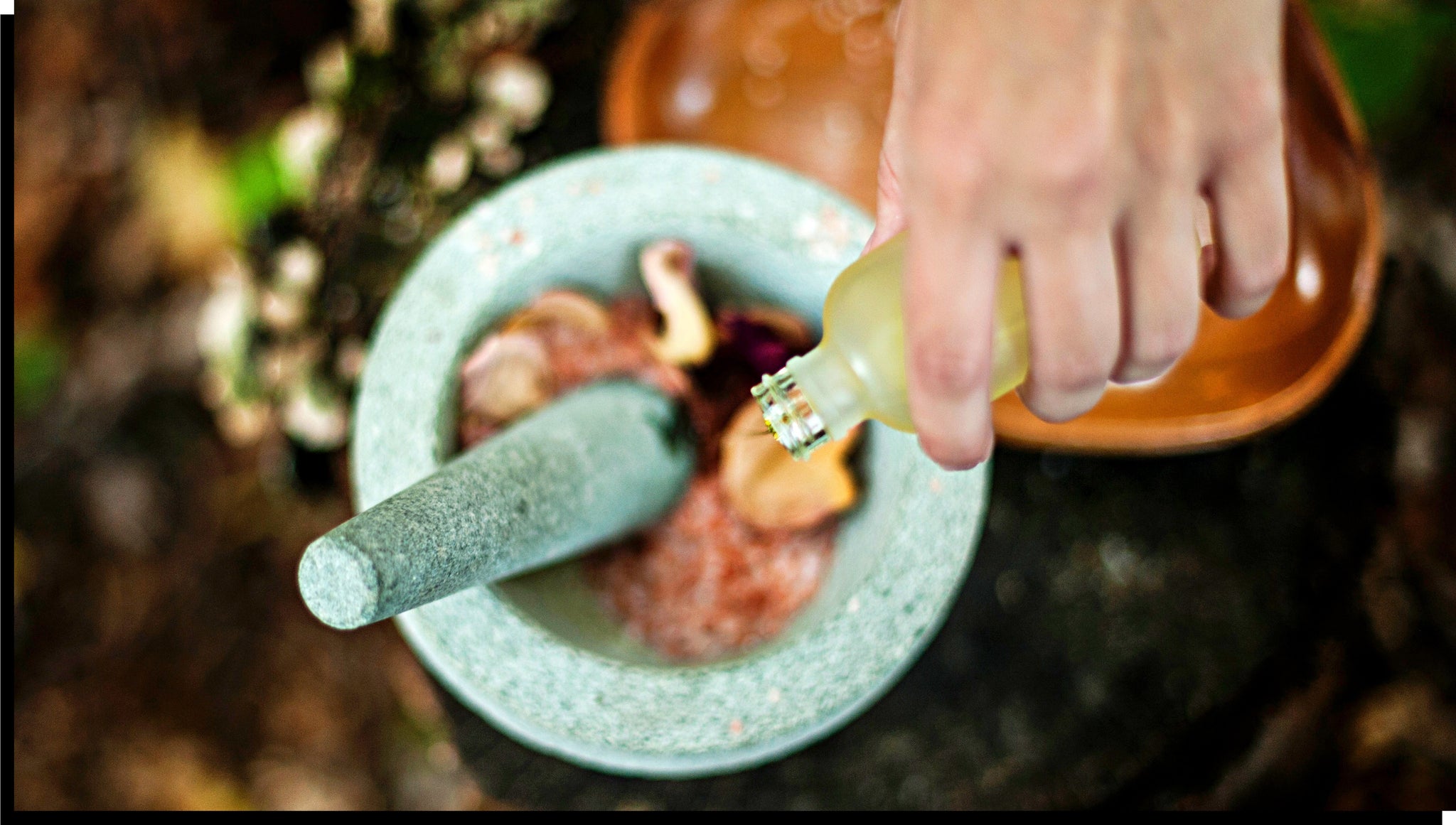As a consumer, even of natural skincare products, it can be hard to decode the ingredient list of a product - especially since most of us aren’t chemists. It wasn’t that long ago that we set the record straight on six common myths surrounding organic skincare; specifically, the one that stirs up the most questions and controversy: preservatives.
Often listed with unpronounceable names, preservatives have gotten a bad rep in skincare. But did you know that there are actually preservatives out there that when used at low enough concentrations, do not cause any harm?
In this article, we’d like to dive just a little bit deeper into the preservative pool and take a look at why they’re good, bad, and most of all, necessary...even when it comes to natural skincare.

Why Use Preservatives?
You might be surprised to learn that as a natural, organic skincare company, we support the use of preservatives. Now, before you take a step back from your laptop or squint your eyes at your jar of Oil Free Moisturizer sitting on your bathroom counter, give us just a minute to explain…
We already know that all living things must have water to survive. Without water, life as we know it would not exist. This is the main reason why preservatives are a necessity when it comes to products that contain water. Without preservatives, water-based products would become home to an array of bacteria that take to water naturally - and eventually, cause the product to become unusable.
Keep in mind: even if you don’t see “water” explicitly listed as an ingredient, there may be other words used to indicate its presence such as “aloe vera juice” or “extracts.”

Water-based products that are free of preservatives can go bad within a matter of weeks, sometimes even days, and most times you won’t notice any difference in the smell or appearance. This is why if you find yourself DIY-ing a face mask or scrub you found on Pinterest, it’s important to use it up within a few days of making it. The same goes for our Detoxifying Mask - if you mix up more mask than one use, we recommend keeping it in your fridge for no longer than 5 days.
No Added Preservatives
If every water-based product needs preservatives, what products don’t need them? The answer is simple...those that are dry or powdered like our Detoxifying Mask or even products that are oil-based.
Products that contain oils often contain ingredients like honey or vinegar that act as a natural self-preserving agent. It’s how we’re able to formulate our Raw Honey Lip Gloss and Uplifting Body Bar with no added preservatives!

The List: Toxic vs. Non-Toxic
Preservatives come in many forms and some are much worse that others. Here at TruSelf we only use preservatives that are safe and effective, are derived from natural sources, and only use them when absolutely necessary.
Toxic Preservatives 😖
The worst of the worst when it comes to preservatives are parabens, a nasty family of fungal and bacterial-fighting preservatives that have been linked to numerous health problems.
Top preservatives to stay far away from:
- DMDM hydantoin which releases formaldehyde
- Imidazolidinyl urea
- Diazolidinyl urea
- Quaternium-15
And of course, anything listed as part of the “Dirty Dozen.” To stay up to date on your ingredient knowledge you can always refer to the Environmental Working Group’s Skin Deep Database.
The Natural, Non-Toxic Alternatives 😌
With so many non-toxic alternatives available today, you can easily avoid skincare products that contain any of the above toxic preservatives.
Common low-hazard preservatives used by clean brands:
- Vegetable Glycerin
- Phenoxyethanol
- Ethylhexylglycerin
- Propylene Glycol
As well as other antioxidants and essential oils like rosemary, tea tree, turmeric and oregano which all have preservative properties.

The Bottom Line
The very best thing you can do as a consumer is to always check labels and do your research if you’re unsure about a certain ingredient. There are many resources available in addition the above listed, such as the Think Dirty app, which helps you make clear decisions and choose the safest products.
We outline every ingredient used in our products on their product pages and make you aware of exactly what you’re putting on your skin. You can rest easy knowing that all our products contain “no bad stuff” (meaning they’re free of parabens, sulfates, phthalates, synthetic dyes, EDTAs, and even GMO-free...really, the list goes on and on!).
Still unsure about something? Our virtual doors are always open; reach out to us via email or social media if you have any questions...we’ll be waiting!

